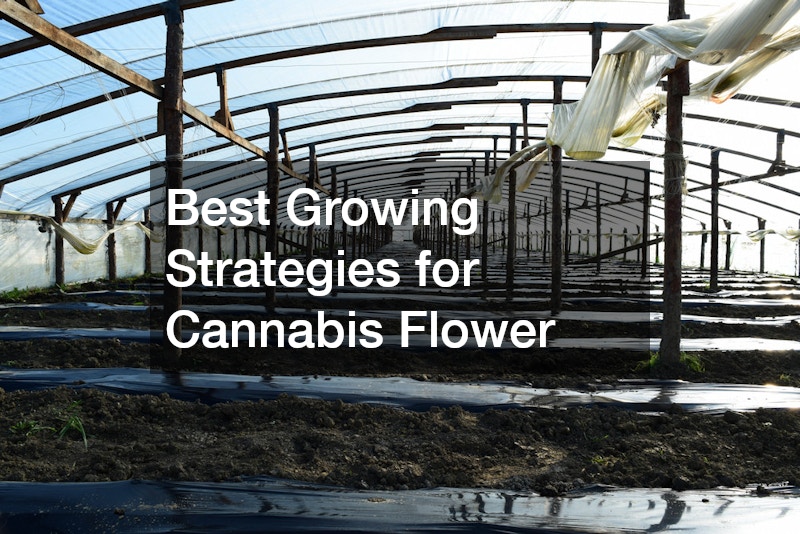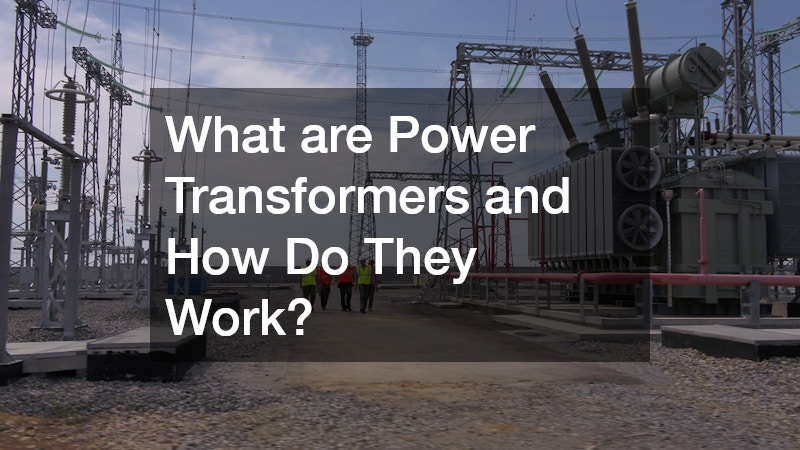
Growing cannabis flower can be a rewarding process, but it requires careful planning and attention to detail to achieve the best results. Whether you’re growing cannabis indoors or outdoors, using the right strategies can significantly impact the quality and yield of your plants. Here are some of the best growing strategies to maximize the potential of your cannabis flower.
1. Choose the Right Strain
The first step in successful cannabis cultivation is selecting the right strain.
Cannabis strains vary in their growth patterns, potency, and effects, so it’s essential to choose one that suits your growing conditions and goals. Indica strains typically grow shorter and bushier, making them ideal for indoor grows, while sativa strains grow taller and require more space, making them better suited for outdoor environments. Hybrid strains offer a mix of both qualities, and many are bred for specific climates and growing conditions.
Research the strain’s flowering time, nutrient needs, and resistance to pests and diseases to ensure it’s a good fit for your setup.
2. Optimize Light Exposure
Light is one of the most crucial factors for growing healthy cannabis flowers. If you’re growing indoors, investing in high-quality grow lights like LEDs or HPS (High-Pressure Sodium) lamps is essential. These lights mimic the natural sunlight that cannabis plants need to thrive. Ensure that your plants receive 18-24 hours of light during the vegetative stage and 12 hours during the flowering stage to encourage proper growth and bud development.
For outdoor grows, make sure your plants are exposed to ample sunlight, ideally 8-10 hours of direct sunlight per day. Position your plants in an area that receives consistent light and is protected from harsh weather conditions.
3. Maintain Ideal Environmental Conditions
Cannabis plants are sensitive to their environment, so maintaining the right conditions is key. The ideal temperature for cannabis during the vegetative stage is between 70-85°F (20-30°C), while the flowering stage prefers slightly cooler temperatures of 65-80°F (18-27°C). Humidity levels should also be monitored, with 40-70% being ideal for the vegetative stage and 40-50% during flowering.
Too much humidity during flowering can lead to mold and mildew on the buds, so it’s essential to reduce moisture levels as the plants develop. Ensure proper airflow in your growing area, whether indoors or outdoors, to prevent stagnant air and humidity buildup.
4. Feed Plants the Right Nutrients
Cannabis plants require different nutrients at different stages of growth. During the vegetative stage, plants need higher amounts of nitrogen to support leafy growth. In contrast, the flowering stage requires more phosphorus and potassium to support bud production.
Invest in high-quality cannabis-specific nutrients or organic fertilizers to provide your plants with the essential elements they need. Regularly check the pH of your soil or water to ensure the plants can absorb nutrients effectively. Cannabis thrives in a pH range of 6.0-7.0 for soil grows and 5.5-6.5 for hydroponic setups.
5. Prune and Train for Better Yields
Pruning and training techniques can help increase the yield and quality of your cannabis flower. Techniques such as topping, where you cut off the top of the plant, encourage the plant to grow more branches and buds. Low-stress training (LST) involves bending and tying down branches to promote horizontal growth and ensure even light exposure across the plant.
By removing dead leaves, trimming excess foliage, and training the plant to grow more efficiently, you can help direct energy to the buds and improve overall yields.
.




